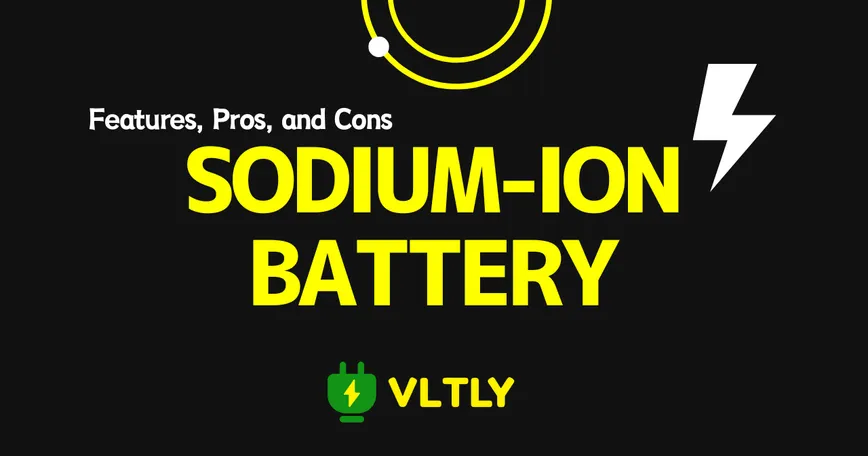
What is a Sodium-Ion Battery? Differences, Pros, and Cons Compared to Existing Batteries
Sodium-ion batteries have unique characteristics compared to traditional lead-acid and lithium-ion batteries. This guide explains their advantages and disadvantages for portable power stations and mobile batteries.
Posted at: 2025.3.24
What is a Sodium-Ion Battery?
A sodium-ion battery is a rechargeable battery (secondary battery) that uses sodium compounds as the cathode and materials such as hard carbon as the anode. Structurally, it is similar to conventional lithium-ion batteries but differs in the materials used.
Advantages of Sodium-Ion Batteries
The main advantages of products using sodium-ion batteries are:
- Abundant raw materials
- Wide operating temperature range
- Long lifespan
Sodium is abundant in seawater and rock salt layers, making it easier to obtain than lithium. As a result, sodium-ion batteries are expected to facilitate resource acquisition and reduce battery production costs.
Another significant advantage is their wide operating temperature range.
Lithium-ion batteries tend to experience voltage drops in subzero temperatures, whereas sodium-ion batteries have a discharge temperature range of -35°C to +50°C. This makes them more resistant to thermal runaway and reduces fire risks, even when heat is generated within the battery.
Portable power stations and mobile batteries are often used in harsh conditions, such as outdoor activities or car camping, making a wide operating temperature range a major advantage.
Additionally, sodium-ion batteries offer a high number of charge-discharge cycles. While typical lithium-ion batteries using ternary materials last around 1,000 cycles, and lithium iron phosphate (LiFePO4) batteries last about 4,000 cycles, sodium-ion batteries can exceed 5,000 cycles. This enables them to maintain stable performance over a long period.
Disadvantages of Sodium-Ion Batteries
However, sodium-ion battery products also have drawbacks:
- Lower energy density = Larger and heavier batteries
- Higher cost
For portable power stations, weight and size are major concerns. Recent advancements have focused on making these power stations smaller and lighter. However, sodium-ion batteries have a lower energy density than lithium-ion batteries, resulting in larger and heavier battery units. Since batteries make up most of a power station's size and weight, this is a significant drawback.
Cost is another issue. Sodium-ion batteries are still relatively new to the market, and despite their potential for lower manufacturing costs, they are currently more expensive than lithium-ion batteries. However, this could change depending on future adoption and market expansion.
As portable power stations become more affordable, the extent of cost reductions will determine whether sodium-ion batteries are widely adopted in this sector.
What Happens When Portable Power Stations and Mobile Batteries Adopt Sodium-Ion Batteries?
Longer Lifespan for Portable Power Stations
With over 5,000 charge-discharge cycles, sodium-ion batteries could significantly extend the lifespan of portable power stations and mobile batteries. This would allow them to maintain stable performance for extended periods.
For applications such as car camping power sources or emergency disaster preparedness, battery cycle longevity is crucial. With 5,000+ cycles, users would rarely need to worry about battery degradation.
Usability in Various Environments
Current portable power stations use lithium-ion batteries, which struggle in subzero conditions. By adopting sodium-ion batteries, they could operate even at -35°C. This makes them reliable for winter camping and car camping in cold regions.
Potential for Cost Reduction as the Market Expands
Because sodium-ion batteries use more abundant raw materials than lithium-ion batteries, increased adoption could drive prices down. If sodium-ion batteries become mainstream, the cost of portable power stations and mobile batteries using them may also decrease.